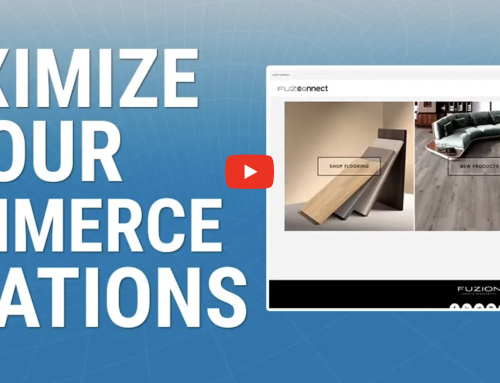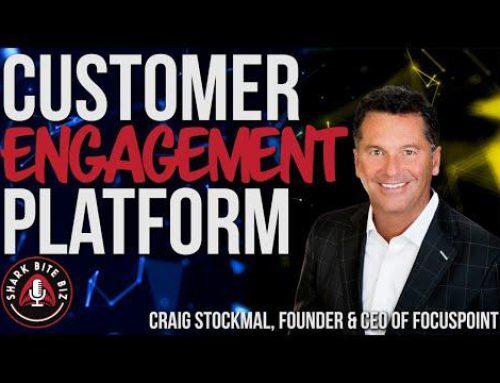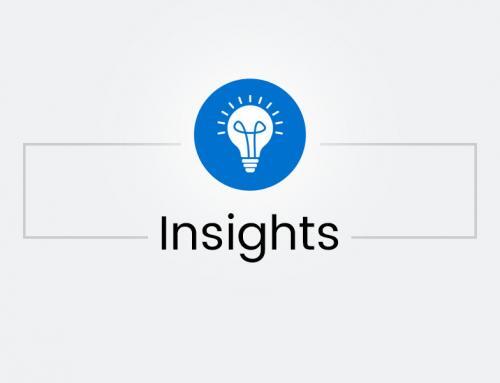Lindsay Wickham
In a recent online webinar presented by MasterB2B, a debate about whether B2C customer experience was essential for B2B success took place between Brian Beck (author of Billion Dollar B2B) and Andy Hoar (CEO, Paradigm B2B). During that webinar, the speakers discussed how according to the data collected by Forrester and others, personalization enhances consumer spending. And in a commerce-focused study conducted by Bloomreach in 2020, 73% of B2B buyers want personalized experience that are similar to B2C-style customer experiences. In reality, B2C and B2B experiences differ in things like responsibility (who is buying and for whom), accountability, and who is spending the money for purchases. Think about a popular B2C experience as a customer—fast and free shipping. Is that experience possible to replicate in the B2B world? Complex layers exist in terms of shipping and distributions within the B2B marketplace, which could create barriers for delivering this type of experience.
In a July 2021 article published by CX Today, the author argues that “regardless if you’re selling to a business or consumer, you can rest assured that your target will want an easy and streamlined purchasing experience, excellent support from a customer service team, and personalized interactions that are tailored to them.” Tools like data, analytics, and AI can help companies to predict buying behaviors and expectations regardless of who the end consumer is. A customer journey in a B2C landscape is most likely much simpler in scope than for B2B, where there could be many purchasers or sales reps that would have the authority to place orders, access order histories, and more. Companies that offer different pricing tiers may face another layer of complexity to a managing their B2B customer journey scope.
In a Gartner report outlining the future of sales, finding indicated that 80% of B2B sales interactions between suppliers and buyers will occur digitally by 2025. That statistic stems from the changing nature of tomorrow’s workforce as more millennials step into leadership and decision-making roles as their baby boomer counterparts retire. Sellers should consider digital tools that replicates traditional form of selling to build engagement among customers.
“As buying cycles shift to more self-directed journeys, companies that offer engaging, informative, streamlined and helpful experiences across their digital channels will be poised well to compete,” notes Lacey Ford in a Forbes article about optimizing digital experiences within B2B buying. More and more B2B buyers are seeking self-directed journeys and access to product details and pricing digitally. Thought leadership content such as videos or blog posts, along with dynamic experiences such as highlighting limited-time offers or solutions to common customer pain points can help your visibility and accessibility to your customers throughout that self-guided process.
It will become increasing important for B2B companies to create easy, streamlined, and personalized experiences for their buyers.
Brought to you by the B2B and B2c e-commerce implementation team at FocusPoint: an all-in-one solution for SAP Business One customers.






